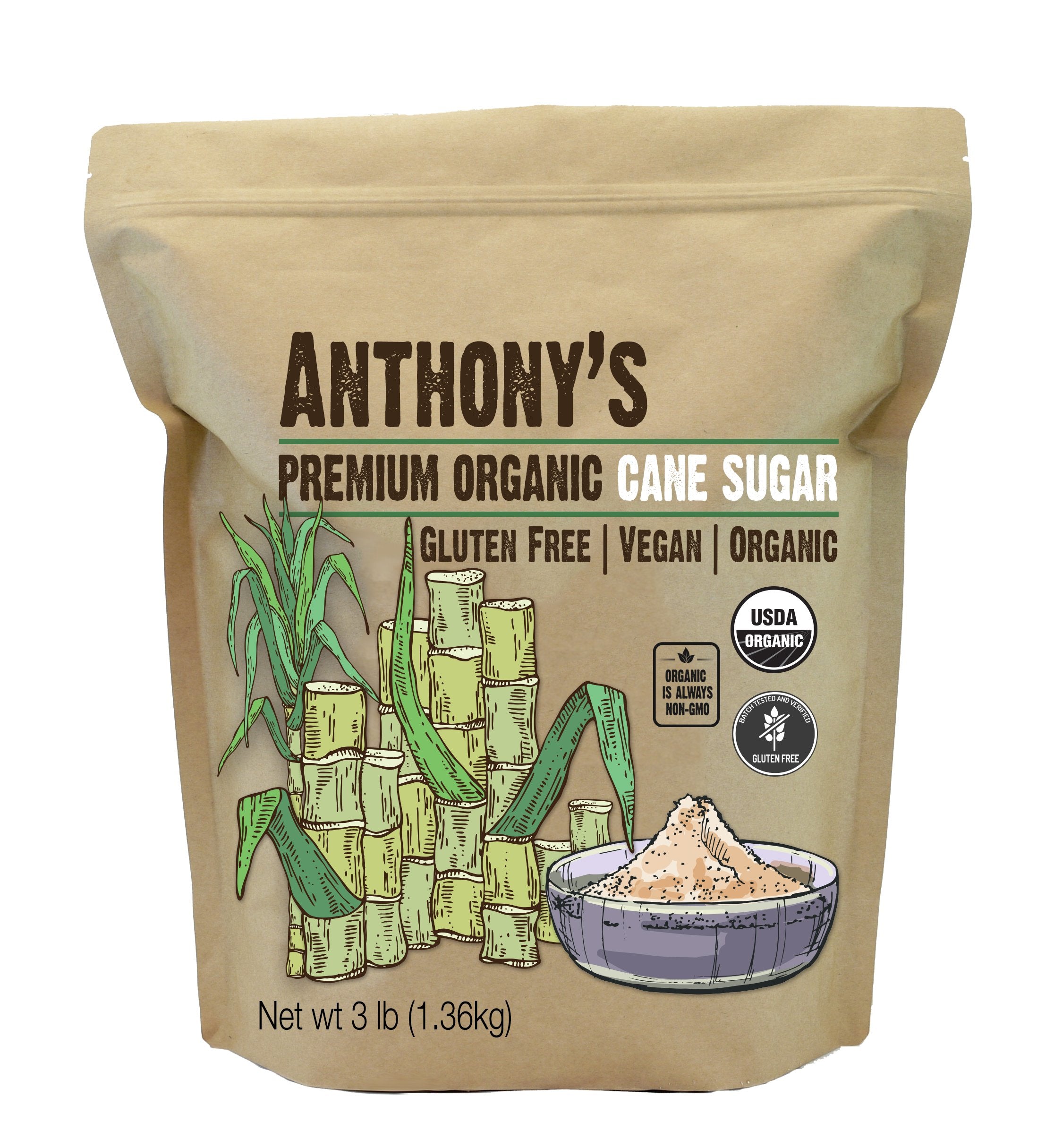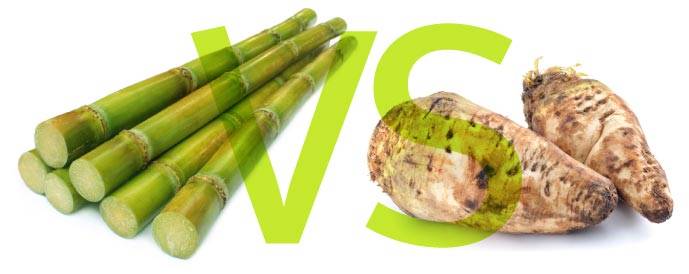Cane Sugar Processing: Innovative Strategies for High Quality Production
Cane Sugar Processing: Innovative Strategies for High Quality Production
Blog Article
Discovering the Comprehensive Tips Entailed in Walking Cane Sugar Handling From Collecting to Improvement
The process of cane sugar production includes a series of complex actions, beginning with the careful harvesting of sugarcane and finishing in the improvement stages that make certain the end product fulfills market requirements. Each phase, from the removal of juice to the filtration and formation procedures, plays a crucial duty in determining the high quality and character of the sugar. Comprehending these stages not only highlights the intricacy of sugar production yet likewise increases crucial concerns concerning efficiency, sustainability, and development in the sector. What implications do these elements have for future practices?
Collecting Sugarcane
Gathering sugarcane is a vital action in the walking stick sugar handling chain, as it directly influences the quality and yield of the end product. Proper timing and techniques are necessary throughout this phase to guarantee optimum sugar content and reduce losses. Normally, sugarcane is harvested when it gets to maturation, typically 12 to 18 months after planting, defined by a high sucrose concentration.

Post-harvest, the sugarcane must be refined swiftly to stop sucrose deterioration. Ideally, collected walking stick should be moved to refining centers within 1 day to maintain sugar top quality. Therefore, effective logistical planning is vital to keep the honesty of the collected plant throughout the supply chain.
Extraction Refine

The smashed walking cane undergoes a collection of pushing operations to take full advantage of juice healing. Typically, warm water is sprayed onto the smashed walking cane, developing a countercurrent circulation that helps dissolve the sugar while likewise helping in the extraction process. The juice gathered from this procedure has not only sugar but also numerous organic compounds and pollutants.

To enhance extraction performance, some centers may use diffusion approaches, where the sugarcane is taken in warm water, permitting the soluble sugars to diffuse right into the liquid. The resulting juice, rich in sucrose, is after that routed to subsequent processing phases, laying the structure for purification and refinement. The removal process is hence essential in figuring out the top quality and yield of the last sugar product.
Filtration Methods
The purification techniques utilized in cane sugar handling are essential for changing the raw juice into a high-grade sugar item. These techniques mainly intend to remove contaminations, such as soil, plant materials, and inorganic materials, which can detrimentally impact the end product's taste and shade.
Among the most usual filtration methods is clarification. This process includes including lime and warmth to the raw juice, which assists in the coagulation of contaminations. The resulting precipitate is then gotten rid of with sedimentation or filtering, yielding a clearer juice. Additionally, the use of phosphoric acid can boost the clarification procedure by further binding pollutants.
An additional significant technique is carbonatation, where carbon dioxide is presented to the clarified juice. This reaction produces calcium carbonate, which catches staying impurities and advertises their removal.
Moreover, triggered carbon therapy may be applied to adsorb any kind of remaining colorants and organic impurities, guaranteeing a much more refined product. The combination of these methods efficiently prepares the sugar juice for subsequent steps in the refining process, establishing the phase for the production of high-quality cane sugar.
Crystallization Methods
After the purification stage, the following critical action in cane sugar handling includes crystallization approaches, which play a pivotal duty in transforming the made clear juice into solid sugar. This procedure typically utilizes 2 main approaches: spontaneous formation and regulated formation.
In spontaneous crystallization, supersaturated sugar remedies are enabled to cool down naturally, causing the formation of sugar crystals with time. This technique is less complex yet may result in irregular crystal sizes and lower pureness levels. On the other hand, controlled formation check out this site is a more specific method where concentration, seeding, and temperature level representatives are carefully taken care of. This technique enables the uniform development of sugar crystals and higher pureness.
During formation, the clarified juice is concentrated via evaporation, boosting its sugar content up until it reaches supersaturation. Once this point is attained, either method can assist in the crystallization process. Cane Sugar Processing. The resultant sugar crystals are then divided from the remaining syrup via centrifugation
Inevitably, the choice of condensation technique influences the quality, size, and purity of the final sugar product, making this step crucial in the overall cane sugar processing procedure.
Refinement and Packaging
Exactly how can the purity and top quality of walking stick sugar be even more enhanced after formation? The improvement process plays an important role in attaining high-grade walking stick sugar.
Next, the sugar undergoes a process called centrifugation, where it is spun at high rates to important site separate the purified sugar crystals from the continuing to be liquid. After centrifugation, the sugar is often more fine-tuned via a technique called carbonization or phosphatation, which utilizes turned on carbon or phosphoric acid to get rid of shade and off-flavors.
When improved, the sugar is dried to attain the preferred moisture web content, making sure that it stays steady during storage and transport. The final action involves product packaging the refined sugar in airtight and moisture-proof containers to preserve its top quality and avoid contamination. Cane Sugar Processing. Correct packaging not just expands shelf life yet also promotes simple handling and distribution, ensuring that customers receive sugar that satisfies the highest possible standards of purity and high quality
Verdict
The extensive actions associated with cane sugar processing, from the careful harvesting of sugarcane to the intricate refinement and packaging phases, underscore the value of each stage in ensuring high-quality sugar production. Ideal harvesting strategies, efficient extraction techniques, and extensive purification procedures jointly add to the end product's pureness and security. The crystallization and subsequent packaging techniques even more improve the stability and service life of the sugar, highlighting the complexity and precision fundamental in this important agricultural industry.
The procedure of walking cane sugar manufacturing incorporates a collection of complex actions, beginning with the careful harvesting of sugarcane and culminating in the refinement phases that ensure the last item satisfies market standards. Ideally, harvested cane should be delivered to refining centers within 24 hours to preserve sugar high quality.In spontaneous formation, their explanation supersaturated sugar options are enabled to cool naturally, leading to the development of sugar crystals over time - Cane Sugar Processing. The improvement procedure plays a critical function in accomplishing top notch walking cane sugar.The detailed steps involved in walking cane sugar handling, from the precise harvesting of sugarcane to the intricate improvement and packaging stages, underscore the importance of each phase in ensuring premium sugar manufacturing
Report this page